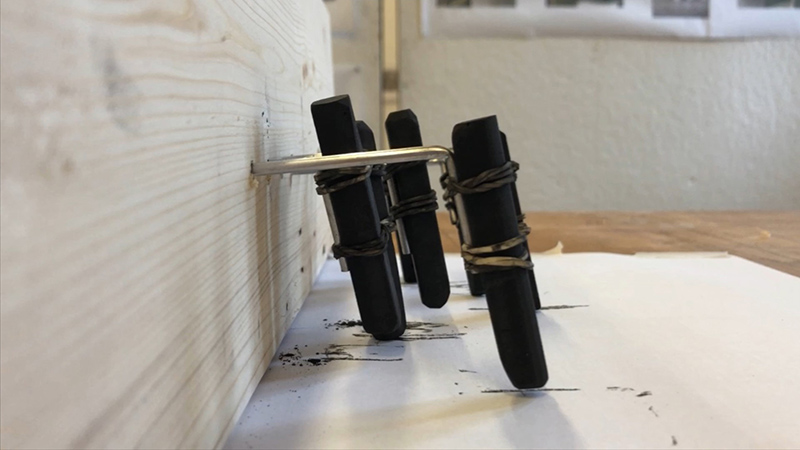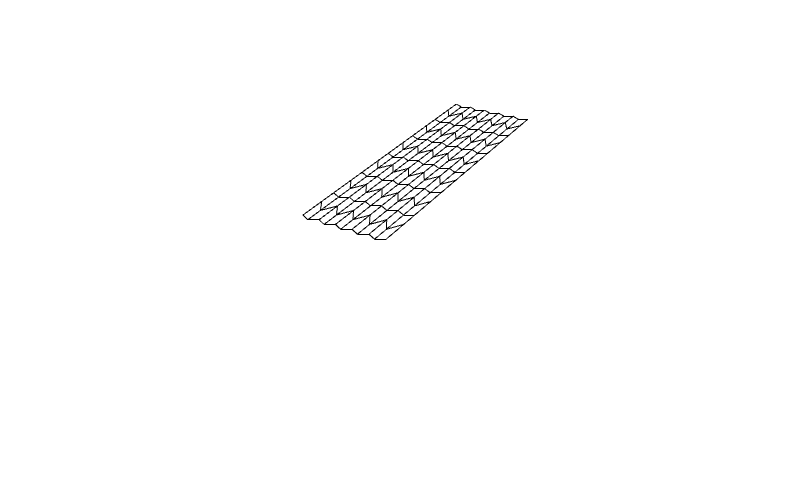Introductory Course of Computational Design for Undergraduates
As analog mechanisms; as metaphors; as bodily extensions or prosthetics; as material systems; as building envelopes; as partners of humans. This course takes computers outside the box and outlines a journey of discovery revealing computation as the connective tissue encompassing multiple facets of architectural practice and experience. Addressing conceptual and practical aspects of the relationship between computation and design, the course explores the fundamentals of generative and rule-based systems for designing and making, simulation, and responsiveness, along with basic approaches to creative data processing, representation, and realization.
The course offers a holistic view of computation, exploring the different roles computing plays in the design of our built environment. First half of the course covers three projects with themes that combine historical insight, state of the art architectural examples, and hands-on computational exploration. Second half of the course was supposed to covers one project where students work in larger teams to design, fabricate, and construct a full scale installation. However, due to Covid 19, the second half was changed to design a stadium through parametric modeling tool, Grasshopper with the understanding of geometrical organization in computation.
By designing a machine for drawing, students will be asked to review the drawing process. The device will have drawing inputs, processing, and outputs. Students will define these three components to design the device and will explore the meaning of the drawing in design computation.

Drawing Machine, Angela Castellano and Meghan Piarcik, 2020
Students learn procedural logics, reposiveness, and parametric modeling using both digital and physical materials. After the course, they realize computational design does not require computers. Rather, computational design is about the logics and way of thinking in their ideas.

Pond Responsive System, Andy Qiu et al., 2020

Tessellation Diagram in Responsive System, Zongtian Yang et al., 2020
They were supposed to make a bench using the computational techniques that they obtained in the course as the final project, such as CNC, 3D printing, parametric forming, etc. However, due to the pandemic, COVID19, school was shut down and all education was converted into 'remote'. The final project was replaced with designing stadium. The stadium is for American football pro-league and it should have openable-roof.

M-WAVE, Madeline Cotton and Andy Qiu, 2020

Openalbe Stadiums, FCD, 2020